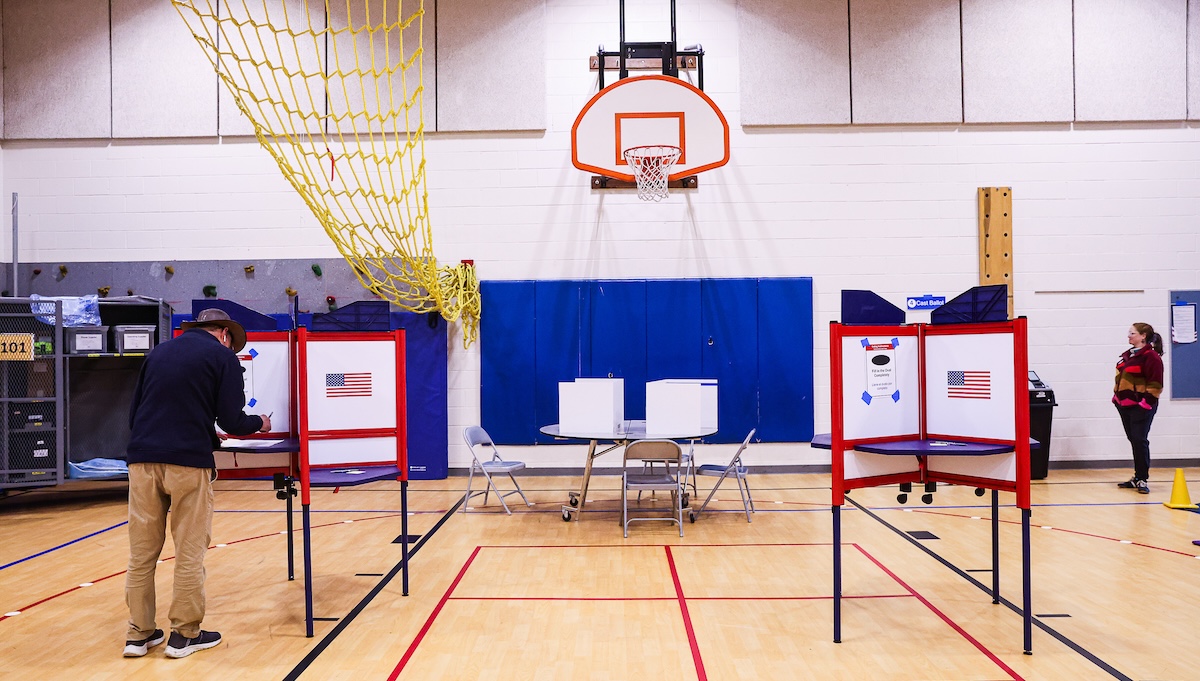NASA took another step toward the re-introduction of commercial supersonic passenger air travel this week when it awarded Lockheed Martin Skunk Works a $247.5 million contract to build an X-plane that will be capable of flying at supersonic speeds without generating a sonic boom.
The full-scale plane, known as the low-boom flight demonstrator, is to be built at the Skunk Works facility in Palmdale. The plane's first flight is set for 2021. Lockheed Martin had won a previous contract to work on the plane's preliminary design in 2016.
The X-plane is intended to create a "gentle thump" during flight, no louder than closing a car door, while cruising at about 940 mph at 55,000 feet, according to NASA. The plane's outer design is key to generating this softer noise by separating the sonic waves created during supersonic flight so they never join together to create the loud sound people on the ground hear from a conventional aircraft.
"It is super exciting to be back designing and flying X-planes at this scale," said Jaiwon Shin, NASA's associate administrator for aeronautics. "Our long tradition of solving the technical barriers of supersonic flight to benefit everyone continues."
After receiving the plane from Lockheed Martin in late 2021, NASA plans to conduct a series of flights over certain U.S. cities to get community feedback on the sound. The cities have yet to be selected, but the flights will be based out of California's Armstrong Flight Research Center.
Jim Less is one of the NASA pilots who will test the plane after initial tests by Lockheed Martin pilots.
"A supersonic manned X-plane. This is probably going to be a once-in-a-lifetime opportunity for me," said Less. "We're all pretty excited.
News
Top news of the day
"It's pretty rare in a test pilot's career that he can be involved in everything from the design phase to the flight phase, and really the whole life of the program."
Flight test data will then be turned over to U.S. and international regulators to be considered when making new rules on sound for supersonic flights over land. The Federal Aviation Administration has had a long-standing ban on supersonic flight by commercial aircraft over land.
The NASA X-plane is just one of several new moves into the supersonic passenger jet space. Companies involved in the effort say the growth in global business travel, as well as new developments in materials and computing, could make supersonic flight more economically viable than during the days of the famous Concorde.



